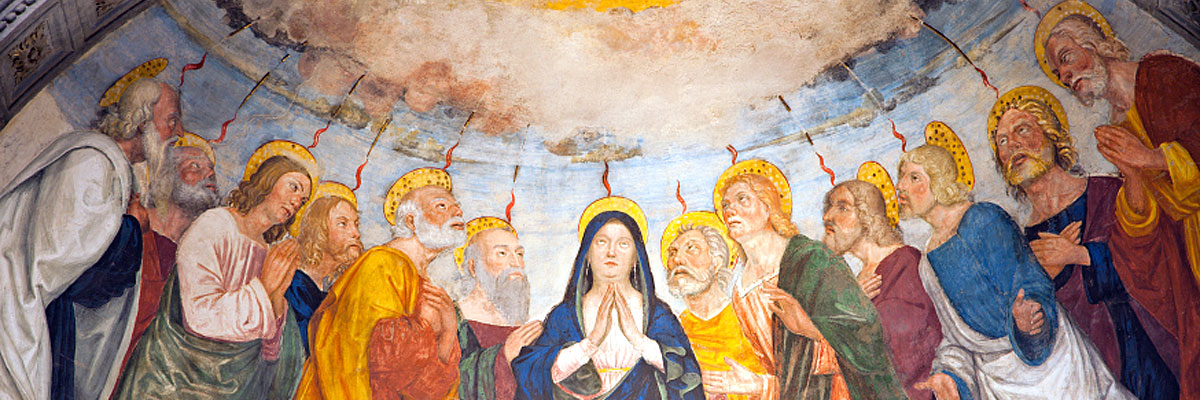
Understanding Our Church
A Treasury of Arkansas Writers Discussing the Catholic Faith
Official Website of the
Catholic Diocese of Little Rock
Catholic education is worth sacrifices parents make
Published: November 6, 2021
By Sister M. Glorea Knaggs, OSB
Holy Angels Convent
One of my favorite childhood pastimes was looking at our old family photo albums. My mom kept them on the bottom shelf of our hallway closet, and I would curl up on the carpet, whiling away the hours looking at the younger versions of my parents, along with photos of their early home improvement projects, birthday parties and pets.
Some of my favorite photos were of a fancy red sports car parked in the grass at my grandmother’s house. Mom said that it was my father’s beloved Z28 Camaro. There were other cool cars too, but my dad no longer owned any of them. All the family cars of my childhood were used vehicles that I was embarrassed to be seen in as a teenager. What happened?
My mom explained certain sacrifices they had to make to send all five of their children to Catholic schools. This made a big impression on me at the time: Catholic education had to be pretty important for my dad to sacrifice that incredible car. I attended Catholic schools from kindergarten through college, and when I think back on those years now, Jesus’ words in John 10:10 come to mind: “I came that they might have life, and have it more abundantly.”
I can’t thank my parents enough for their sacrifices, which allowed me to experience this abundant life in Catholic schools. That richness of life that Jesus wants us to have is so vivid in my classroom memories. I can still see the framed picture of Jesus and the little children, the bulletin board with the construction paper Ten Commandments, the crucifix above our chalkboard and the statue of Mary on our little classroom altar.
I can’t thank my parents enough for their sacrifices, which allowed me to experience this abundant life in Catholic schools. That richness of life that Jesus wants us to have is so vivid in my classroom memories. I can still see the framed picture of Jesus and the little children, the bulletin board with the construction paper Ten Commandments, the crucifix above our chalkboard and the statue of Mary on our little classroom altar.
Our teachers made the spiritual realities visible for us and helped us to live the liturgical year. We attended Mass twice a week, and the correct liturgical color was always on our classroom altar. We celebrated the saints with pictures, crafts, treats and songs. Daily prayer connected us to God all day long, with the morning offering, grace at lunch, the Act of Contrition before dismissal and special prayers in religion class.
Thankfully, the abundant life is still found in our Catholic classrooms today. I have worked with many wonderful teachers who not only make our beliefs visible but, more importantly, live out their faith and instill Christian virtues and values in our students. Comments overheard at recess such as, “Look at that butterfly! Thank the Lord for his blessings!” or “How do you think Jesus would want this handled?” show examples of how God is a part of our everyday conversation.
So much so that our children feel comfort and normalcy in talking about the faith. On an average day, we might get asked who wrote Proverbs, which apostle wasn’t a martyr, what did Jesus play with growing up and praying for a brother who is preparing for a big test, all outside of religion class.
God is welcomed in our schools and loved and sought by our staff members and students. This is a share in his abundant life.



